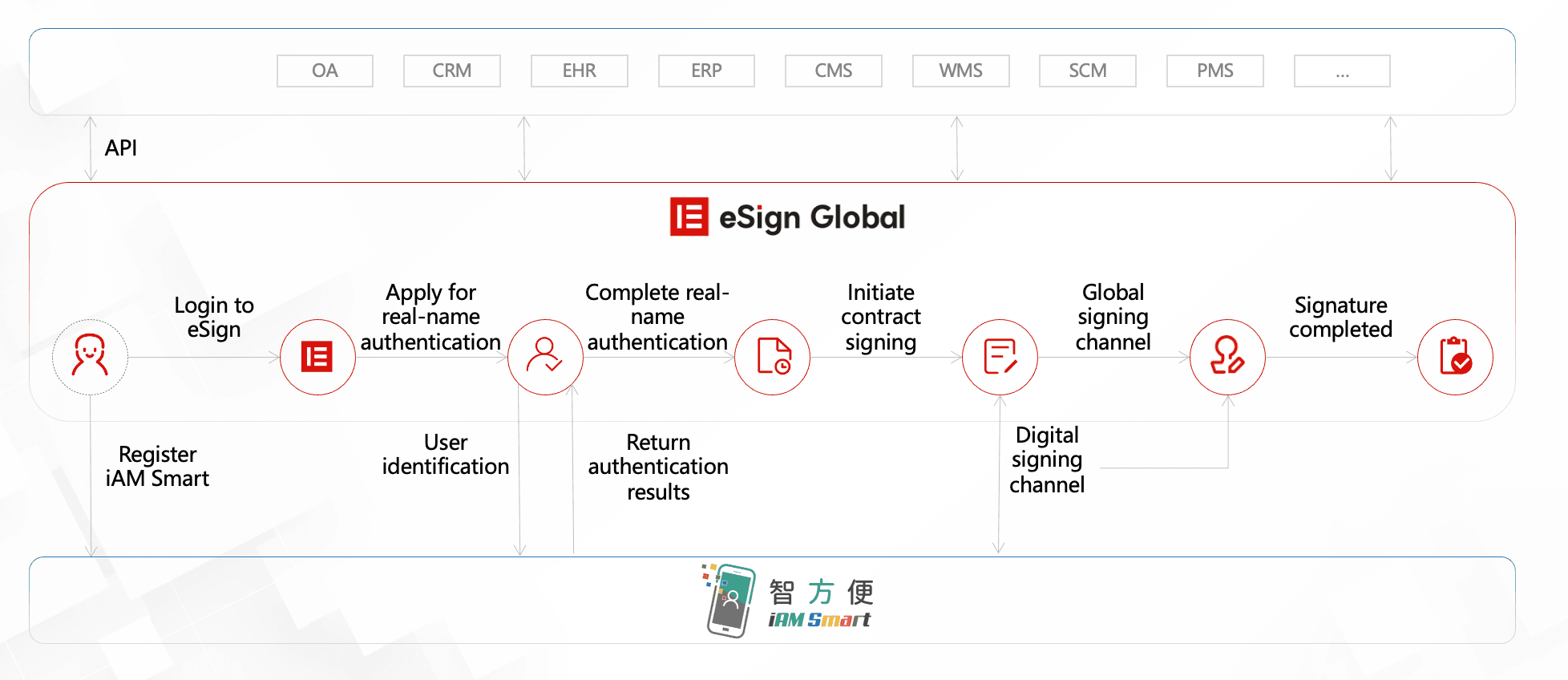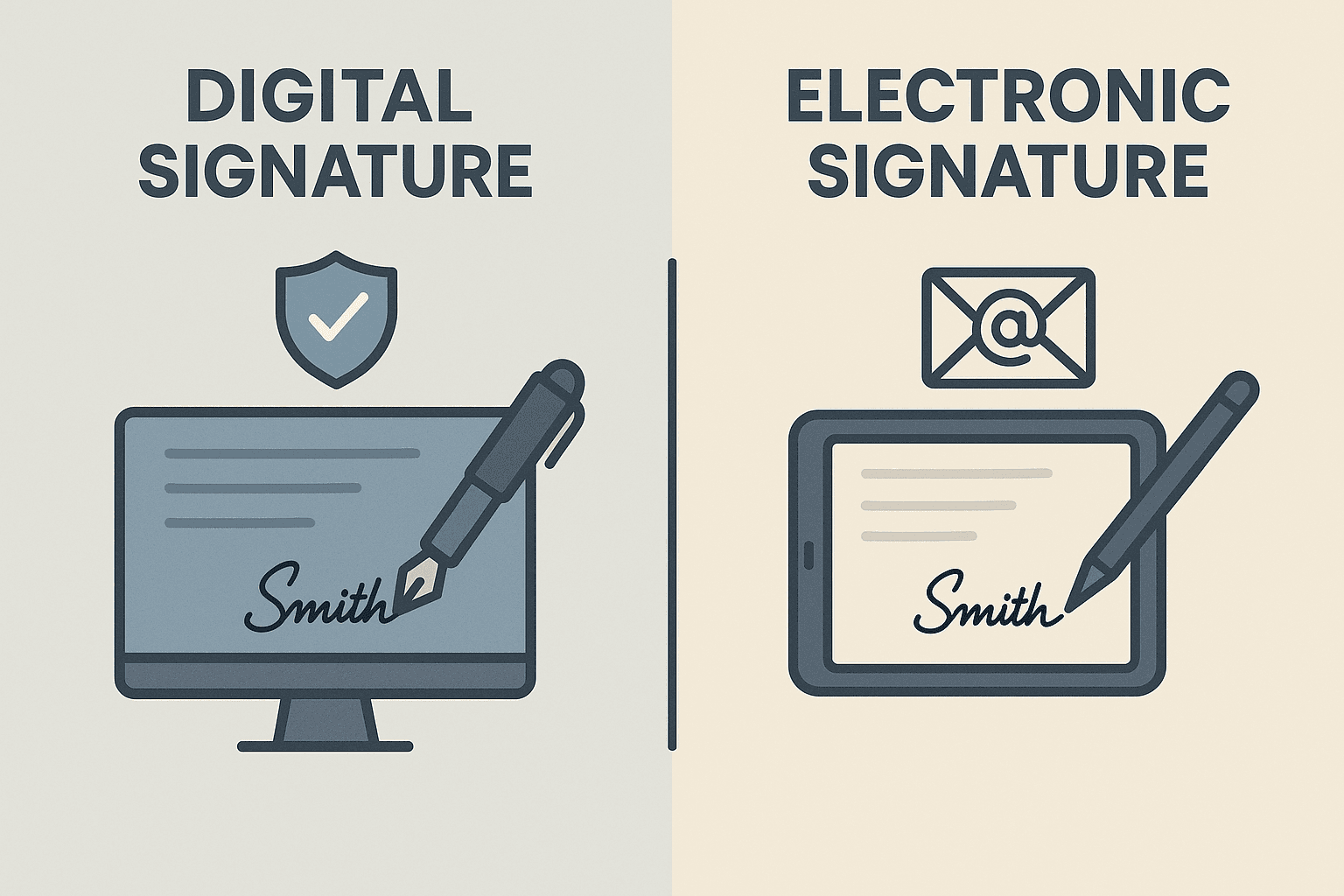WhatsApp or email with our sales team or get in touch with a business development professional in your region.
What is an example of a digital certificate?





What Is an Example of a Digital Certificate?
In today’s highly interconnected world, digital security is more crucial than ever. Whether you’re submitting legal documents online, finalizing a business transaction, or simply signing a contract electronically, ensuring the identity of the parties involved is key. That’s where digital certificates come in. But what exactly is a digital certificate, and what is a real-world example of one?
This article explains what a digital certificate is, its role in digital authentication, and provides examples of how it’s used—especially in regions with specific legal frameworks like Hong Kong and Southeast Asia. We’ll focus on real use cases and also discuss why choosing a regionally compliant e-signature platform, like eSignglobal, can be a smarter choice than global players like DocuSign for users in these areas.
What Is a Digital Certificate?
A digital certificate, also known as a public key certificate, is a type of electronic “passport” used to prove the ownership of a public key. It is issued by a trusted Certificate Authority (CA) and includes key information such as:
- The owner’s public key
- The owner’s identity (e.g., name, organizational affiliation)
- The digital signature of the Certificate Authority issuing it
- Expiration date and serial number of the certificate
Digital certificates are essential to verifying identities in digital communications. They are foundational to online services, including encrypted emails, secured websites (HTTPS), and electronic signatures.
Why Digital Certificates Matter: Legal and Security Aspects
In countries like Hong Kong, Malaysia, and Singapore, digital certification processes must comply with local legal frameworks such as Hong Kong’s Electronic Transactions Ordinance (Cap.553). This law explicitly outlines the validity of digital signatures—particularly emphasizing the importance of using tools and platforms that follow secure authentication protocols via recognized digital certificates.
According to the ordinance, for a digital signature to be legally recognized, it must be:
- Unique to the person using it
- Capable of identifying that person
- Under that person’s sole control
- Linked to the data so that any subsequent changes are detectable
A properly issued digital certificate aligns perfectly with these characteristics.
Real-World Example of a Digital Certificate
Let’s explore a practical example everyone is likely familiar with: accessing a secure website.
When you visit a secure site, say https://www.yourbank.com, your browser initiates a process called SSL/TLS Handshake. During this process, the website sends your browser a digital certificate issued by a Certificate Authority (CA) like DigiCert, GlobalSign, or Let’s Encrypt.
This certificate contains:
- The domain name (e.g., www.yourbank.com)
- The public key for the domain
- CA’s information and digital signature
- Expiration date and issue date
Your browser checks:
- If the certificate is issued by a CA it trusts
- If the certificate is still valid and hasn’t expired
- If the certificate hasn’t been revoked
Only after passing all three checks does the browser allow an encrypted connection to proceed. This is how digital certificates enable trust and security online.

Digital Certificates in Electronic Signatures
In the world of electronic signing, digital certificates serve a similar purpose—they authorize, identify, and secure a signer’s digital signature. For instance, if you’re signing a loan agreement through an e-signature platform, a digital certificate is used to ensure the signature:
- Is verifiable
- Cannot be altered
- Can be attributed to a specific individual
This is particularly crucial in regions with stronger regulatory requirements on identity verification.
Let’s take a concrete example using eSignglobal, a platform designed with compliance in mind for regions such as Hong Kong and Southeast Asia. When a user signs a document with eSignglobal:
- A digital certificate issued per local legal standards is embedded within the document.
- Each signature includes a digital time stamp.
- The certificate provides an audit trail, ensuring legal enforceability.
These measures ensure that the signed document will hold up in court under regional laws like the Malaysian Digital Signature Act 1997 or the Singapore Electronic Transactions Act.

Differentiating Between SSL Certificates and Document Signing Certificates
It’s important to clarify that not all digital certificates serve the same purpose. While SSL certificates secure communications between a browser and a server, document signing digital certificates are used to secure and authenticate the content and origin of a document.
Here’s a quick comparison:
| Certificate Type | Use Case | Common Users |
|---|---|---|
| SSL/TLS Certificate | Secure websites | Web developers, IT pros |
| Document Signing Certificate | Authentication of electronic signs | Legal teams, HR, sales |
So, when considering digital signatures, always make sure your provider uses certified document-signing certificates compliant with your jurisdiction.
Who Issues Digital Certificates?
Digital certificates are issued by Certificate Authorities (CAs). Examples include:
- Global CAs: DigiCert, Entrust, Sectigo
- Regional CAs: Hongkong Post Certification Authority (HK Post), Netrust (Singapore)
These regional CAs issue what’s known as advanced or qualified digital certificates—many of which are required under law to be used for digital contract execution in places like Hong Kong or Singapore.

Choosing Regionally Compliant Platforms: Why eSignglobal?
While platforms like DocuSign are globally recognized, users in Hong Kong and other Southeast Asian jurisdictions should consider the legal implications of electronic signatures in their specific country. Not all e-signature providers comply with region-specific laws like:
- Hong Kong’s Cap.553
- Singapore’s ETA (Electronic Transactions Act)
- Malaysia’s Digital Signature Act
This makes platforms like eSignglobal particularly valuable. Designed around specific legal frameworks in Asia, eSignglobal ensures that each digital certificate:
- Meets regional standards for electronic signatures
- Is issued by recognized local authorities
- Comes with tools for audit trails and certificate validation
If you’re operating in or signing deals related to Hong Kong, Malaysia, or Singapore, choosing eSignglobal can ensure that your documents are secure, legally binding, and compliant with your jurisdiction’s regulations.

Conclusion
So, what is an example of a digital certificate? From securing your web browser session with your bank to validating your e-signature in a high-stakes contract, digital certificates are the unseen heroes of today’s digital economy. They authenticate users, secure communications, and ensure regulatory compliance.
For individuals or companies operating in Hong Kong or Southeast Asia, understanding how local laws interpret the use of digital certificates is essential. Platforms like eSignglobal provide the tools needed to stay compliant, secure, and legally protected—making them an excellent alternative to Western-dominated platforms like DocuSign.
Embrace the future of secure signing with local compliance in mind—choose wisely, and sign smartly.

Shunfang
Head of Product Management at eSignGlobal, a seasoned leader with extensive international experience in the e-signature industry.
Follow me on LinkedIn
Get legally-binding eSignatures now!
30 days free fully feature trial
Business Email
Get Started
 Only business email allowed
Only business email allowed
Latest Articles
What documents still require a physical Hanko in Japan?
Does using electronic signatures save revenue stamp tax (Shunyuzei) in Japan?
Is it legal to use cloud-based signatures instead of Hanko in Japan?
How to collect legally binding signatures from employees in China?
What are the requirements for an electronic invoice (e-Fapiao) signature?
How to automate sales contracts for a manufacturing business in China?
Can I use WeChat to legally sign a loan agreement?
How to verify if a Chinese electronic contract has been tampered with?


